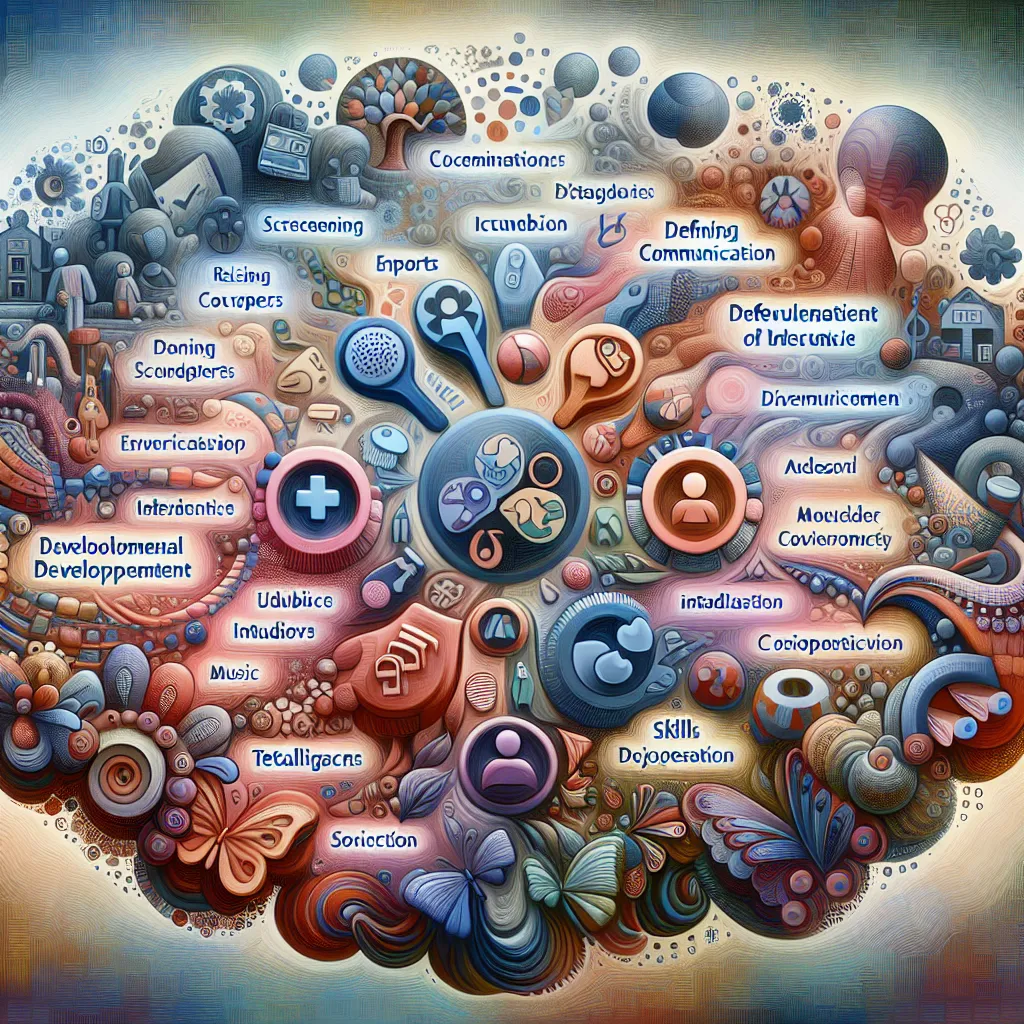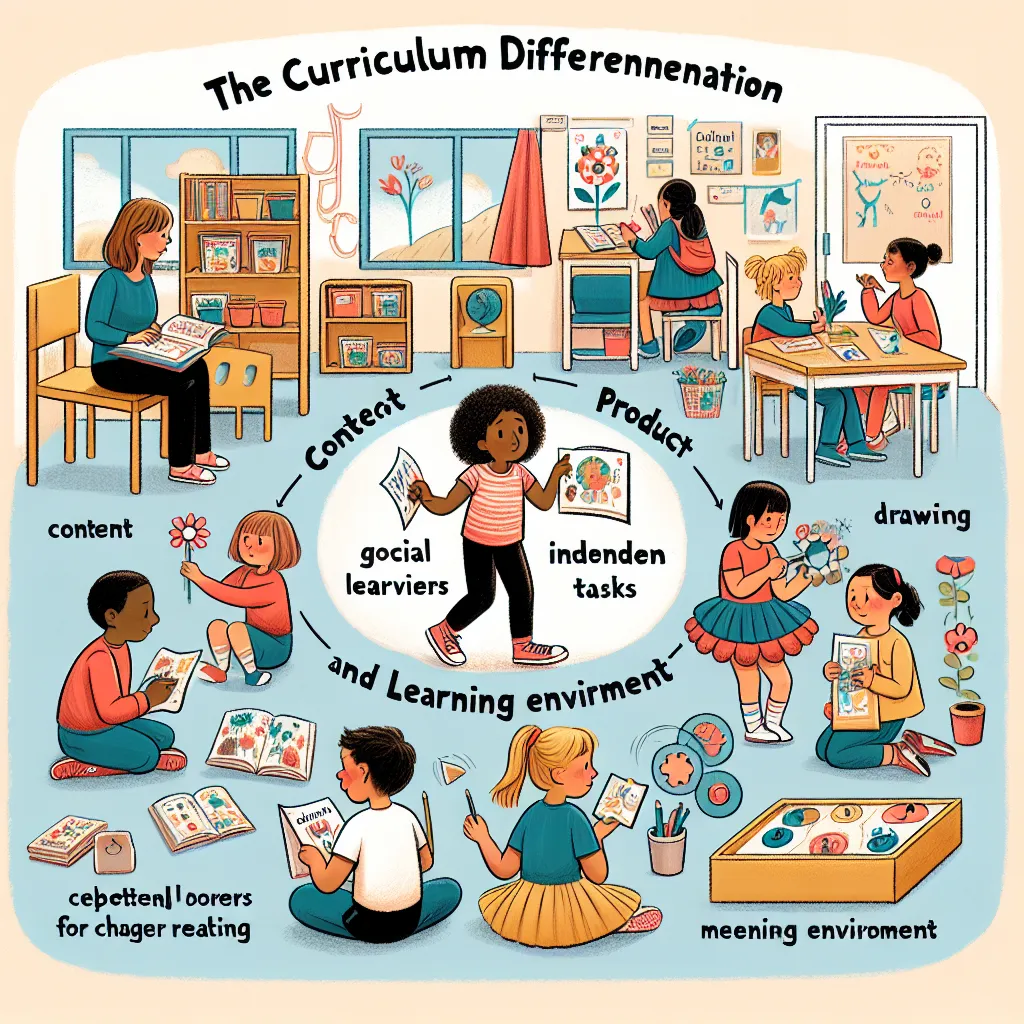Ask AI on The Internet
Question: Read the following case study carefully and answer all the questions that follow: (Note that this case study is a follow-up of Tshepo’s case study used in assignments 02 and 03 but adapted to fit the assessment criteria for assignment 04.) Tshepo, an intelligent five-year-old, was diagnosed with autism spectrum disorder (ASD) at the age of three. Tshepo attends an inclusive school. Tshepo made remarkable progress in his academic and personal development. For example, his teacher used Universal Design for Learning to support him and his peers in the classroom. Visual supports (pictures) were used in visual schedules to help him transition to the next activity. Tshepo cannot communicate verbally although his parents understand his gestures. Tshepo understands pictures in picture books and can follow one-step instructions but struggles to comprehend multi-step instructions. He finds it difficult to sustain focus on tasks or follow instructions for an extended period. His teacher uses pictures to help him follow instructions or stories and to respond to questions. He prefers to play alone and not with his classmates. To help Tshepo socialise more with his classmates, a buddy system was introduced in the classroom where children paired with each other each week. Tshepo’s gross motor skills are poor. He cannot stand on one foot or hop and skip. He likes to swing and can climb stairs independently. Tshepo requires assistance with basic self-care tasks, such as dressing, eating, and personal hygiene. His teacher also introduced visual schedules for washing your hands. Due to his inability to communicate verbally, Tshepo exhibits challenging behaviour such as temper tantrums when his needs are not addressed. He does not like loud noises and would run away when he feels unsafe. Tshepo received support from the psychologist to cope with loud noises or what to do when he feels frustrated. Pictorial support was added to all these support strategies. 1. Explain why you think it is important for early screening to teachers. 2. [3] Use at least three examples from the case study to support your statement. In their guidelines for early screening by Grade R teachers, Clasquin-Johnson and Phala (2021) mention that early screening helps teachers to identify potential developmental concerns, red flags or risk factors. Explain in your own words what it means if a child has potential developmental concerns, red flags or risk factors. (2) Use the case study and provide examples of Tshepo’s red flags with regards to: 4.2 4.3 4.3 4.4 5. Language development (2) Gross motor development (2) Fine motor development (2) Social development (2) Early assessment leads to improved outcomes. [10] 5.1 Who are the stakeholders who play important roles in the assessment of Tshepo’s barriers to learning? (5) Explain what these stakeholders’ roles as part of the assessment team are. (15) [20] 6. Name and explain the six (6) aspects that PIECCE (2019) proposed that should be considered when creating a Grade R inclusive learning environment. [12] 7.1 What is curriculum differentiation? (4) 7.2 Curriculum differentiation acknowledges that learners learn best when their teachers effectively address variances in readiness level, interest and learning profile (Tomlinson 2010). Tomlinson (2004) mentions that it also entails differentiating the content, process, product and learning environment. Explain how each of these elements will be differentiated by including examples of how it will be done in Tshepo’s classroom. In your answer, also give examples from the case study where applicable to support your statements (4 x 5 marks) [Explain what these stakeholders’ roles as part of the assessment team are. (15) [20] 6. Name and explain the six (6) aspects that PIECCE (2019) proposed that should be considered when creating a Grade R inclusive learning environment. [12] 7.1 What is curriculum differentiation? (4) 7.2 Curriculum differentiation acknowledges that learners learn best when their teachers effectively address variances in readiness level, interest and learning profile (Tomlinson 2010). Tomlinson (2004) mentions that it also entails differentiating the content, process, product and learning environment. Explain how each of these elements will be differentiated by including examples of how it will be done in Tshepo’s classroom. In your answer, also give examples from the case study where applicable to support your statements (4 x 5 marks) [25] 8. Read the following case study of a little girl in Tshepo’s class: Zinthle is 5 years old and just started Grade R. She is very talkative and energetic but finds it challenging to sit still and concentrate during classroom activities. It is only during a music activity that she cooperates and participates in the activity. She likes singing and dancing and remembers the words of a song very quickly. Which one of Gardeners’ intelligence applies to Zinthle (2)? Give a reason for your answer with examples from the case study (5).
### 1. Importance of Early Screening for Teachers Early screening is vital for teachers because it allows them to identify potential developmental concerns, red flags, or risk factors in students at an early stage. This early identification can lead to timely interventions, tailored support strategies, and better educational outcomes for students. By recognizing these issues early, educators can implement Universal Design for Learning (UDL) principles and other inclusive teaching practices to meet the diverse needs of all students, thereby promoting a more effective and inclusive learning environment. ### 2. Examples from the Case Study Supporting Early Screening 1. **Poor Verbal Communication**: Tshepo cannot communicate verbally, which is a significant developmental concern. Early screening would have helped in identifying this and implementing visual aids and other communication strategies sooner. 2. **Challenging Behaviors**: Tshepo exhibits temper tantrums due to his inability to verbally communicate his needs. Early identification of this behavior could lead to strategies such as using pictorial support for coping mechanisms. 3. **Gross Motor Skills**: Tshepo's gross motor skills are poor, evidenced by his inability to stand on one foot or hop and skip. Early screening in these areas could guide the implementation of physical activities aimed at improving these skills. ### 3. Developmental Concerns, Red Flags, or Risk Factors Explanation **Potential developmental concerns** refer to areas where a child's development does not align with typical developmental milestones. **Red flags** are specific indicators or behaviors that signal a potential developmental delay or disorder. **Risk factors** are conditions or influences that increase the likelihood of developmental concerns or red flags being present. ### 4. Tshepo’s Developmental Red Flags #### 4.2 Language Development - **Red Flag**: Inability to communicate verbally. - **Example**: Tshepo relies on gestures for communication, which is not typically expected at his age. #### 4.3 Gross Motor Development - **Red Flag**: Poor gross motor skills. - **Example**: Inability to stand on one foot, hop, or skip. #### 4.4 Fine Motor Development - **Red Flag**: Tshepo's case doesn't provide specific information regarding fine motor skills. #### 4.5 Social Development - **Red Flag**: Preference for solitary play. - **Example**: Tshepo prefers to play alone rather than with his classmates. ### 5. Stakeholders in the Assessment of Tshepo’s Barriers to Learning #### 5.1 Important Stakeholders 1. **Teachers** - Role: Implementing inclusive strategies and daily classroom interventions. 2. **Parents** - Role: Providing insight into Tshepo's behavior and progress at home. 3. **School Psychologists** - Role: Conduct assessments and provide strategies for coping with sensory issues. 4. **Special Education Coordinators** - Role: Designing and monitoring Individualized Education Programs (IEPs). 5. **Occupational Therapists** - Role: Addressing Tshepo’s motor skills deficits and assisting with fine and gross motor skills. ### 5.2 Roles of Stakeholders 1. **Teachers** - Implement UDL principles. - Use visual supports and buddy systems. - Coordinate with other stakeholders for a holistic support plan. 2. **Parents** - Consistently communicate with teachers and therapists. - Implement strategies at home to reinforce learning and behavioral strategies. 3. **School Psychologists** - Conduct detailed developmental assessments. - Provide coping strategies for sensory issues and temper tantrums. 4. **Special Education Coordinators** - Develop and update IEPs. - Train teachers on specialized strategies and interventions. 5. **Occupational Therapists** - Conduct motor skills assessments. - Design exercises and activities to improve gross and fine motor skills. ### 6. Aspects of a Grade R Inclusive Learning Environment (PIECCE, 2019) 1. **Physical Environment**: Ensure the classroom is accessible and conducive to learning for all students, including those with disabilities. 2. **Emotional Environment**: Create a nurturing space that makes all students feel safe and valued. 3. **Social Environment**: Promote interactions among students to develop social skills. 4. **Instructional Strategies**: Use differentiated teaching methods to address diverse needs. 5. **Curriculum Adaptation**: Modify the curriculum to be inclusive of all students’ learning abilities. 6. **Policy and Practice**: Align classroom practices with inclusive education policies. ### 7. Curriculum Differentiation #### 7.1 Definition Curriculum differentiation involves adjusting the curricula to cater to the varying readiness levels, interests, and learning profiles of students to optimize their learning experiences. #### 7.2 Differentiating the Elements 1. **Content** - Modify what students learn. - Example: Tshepo can use visual aids to understand the story better. 2. **Process** - Change how students learn. - Example: Use one-step instructions rather than multi-step, as Tshepo struggles with the latter. 3. **Product** - Alter how students demonstrate learning. - Example: Instead of writing, Tshepo can use pictures to show his understanding of a lesson. 4. **Learning Environment** - Adaptations in the classroom setting. - Example: Create a quiet corner for Tshepo to retreat to when overwhelmed by noise. ### 8. Gardner’s Intelligence for Zinthle #### 8.1 Intelligence Type - **Musical Intelligence**. #### 8.2 Reason with Examples - Zinthle cooperates and participates during music activities, indicating she learns best through music. - She quickly remembers the words of songs, showcasing her strong ability in musical learning. By recognizing and accommodating these unique strengths and challenges through early screening, differentiated instruction, and stakeholder collaboration, educators can provide a more supportive, inclusive, and effective learning environment for all students.
Think your answer is better than the AI's? Post it below.
Other Most Relevant Posts:
 # Assignment 04 Questions
# Importance of Early Screening for Teachers
# Examples from the Case Study
# Developmental Checklist for Tshepo
# Developmental Concerns
# Language Development Red Flag
# Assignment 04 Questions
# Importance of Early Screening for Teachers
# Examples from the Case Study
# Developmental Checklist for Tshepo
# Developmental Concerns
# Language Development Red Flag
 1. **Early Screening for Developing Teachers**
2. **Tshepo's Case Study: Communication, Social, and Motor Skills**
3. **Developmental Checklist for 5-Year-Olds**
1. **Early Screening for Developing Teachers**
2. **Tshepo's Case Study: Communication, Social, and Motor Skills**
3. **Developmental Checklist for 5-Year-Olds**
 1. IEP and Tshepo's Goals
2. Universal Design for Learning (UDL)
3. UDL in Tshepo's Classroom
4. Teaching Strategies for Tshepo
5. Teaching Strategies for "Myself"
1. IEP and Tshepo's Goals
2. Universal Design for Learning (UDL)
3. UDL in Tshepo's Classroom
4. Teaching Strategies for Tshepo
5. Teaching Strategies for "Myself"
Question Tags
If you want your question answered by an AI, click here.




Post your own comment: